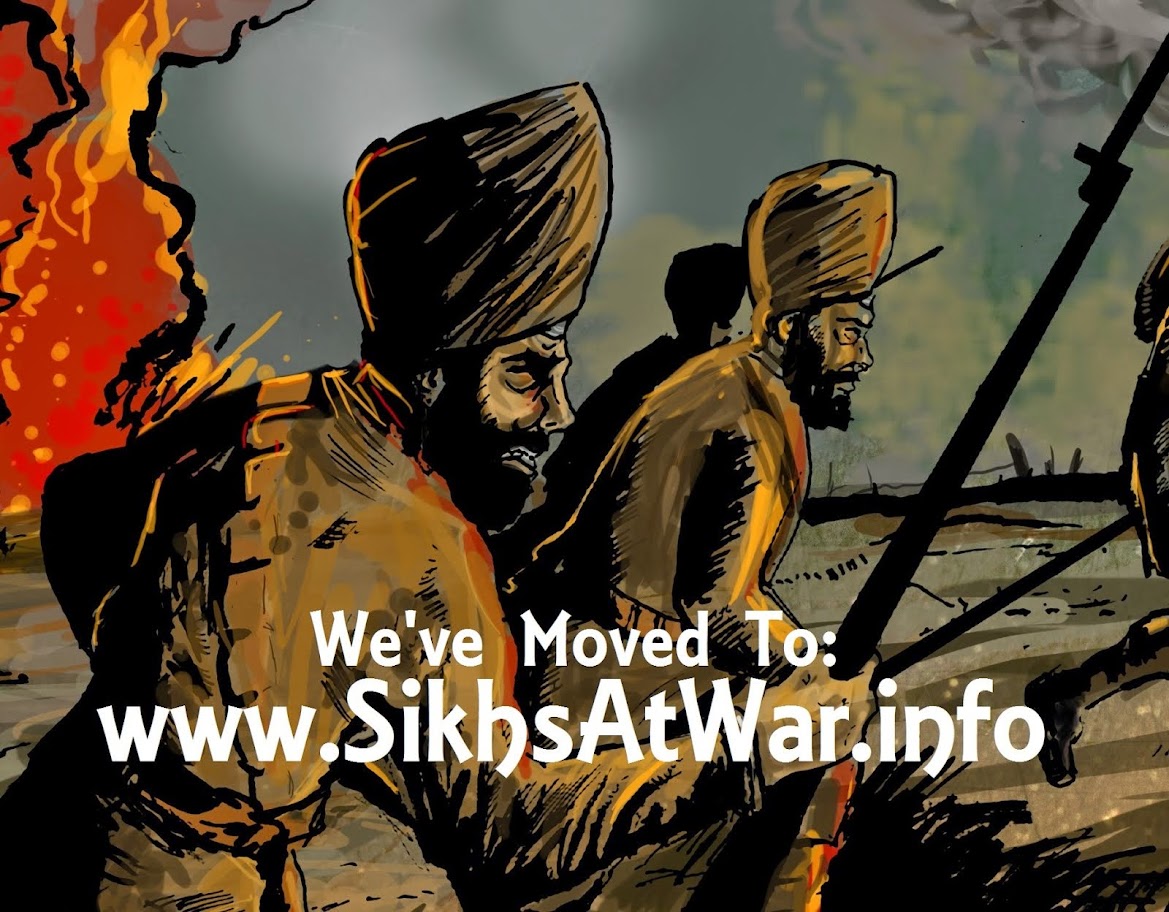It's now two years since we made and launched our film "Sikhs@War: Jaspal's Story" - would you believe it!
The film follows Jaspal Singh, a teenager from Coventry, as he goes on a journey to discover and narrate the forgotten history of the 100,000 Sikhs who fought and died for Great Britain during the Great War.
Seeing and learning about the battlefield is all the more personal for Jaspal who has been bullied because he looks different to other young people his age. Sometimes Jaspal feels he would like to cut his hair in order to fit in and not stand out, but he is inspired by stories of his Great Grandfather who fought during the World Wars with his identity intact.
You can watch the full film (for free) here - please share, tweet, facebook etc:
http://www.dothyphen.co.uk/sikhs@war/play/sikhs-at-war-part-1.html#.T-ruM07kUp8.blogger
We had the privilege of launching the film in Parliament - hosted by the Attorney General Dominic Grieve MP QC. You can view the launch video below:
Two years one - and we might have been a bit quiet on the production front but our research has churned up some interesting facts, one's which we will shortly bring you as we expand the "Sikhs@War" project to cover in depth the history of the Sikhs that fought during the Great War.
Very shortly we will give you an introduction to the theatre's of conflict that Sikhs fought in.
This will be followed by a look at the history of Sikhs at Royal Military Academy, Sandhurst and a series of shorts for the British Army about current Sikh recruits (called "Slough to Soldier").
All films are free to view on our website - a growing resource on this subject matter.
All films have been made to progress the understanding of this history.
So please do share with your friends.
PS - as for Jaspal he's now studying mechanics and doing well in his career!
The film follows Jaspal Singh, a teenager from Coventry, as he goes on a journey to discover and narrate the forgotten history of the 100,000 Sikhs who fought and died for Great Britain during the Great War.
Seeing and learning about the battlefield is all the more personal for Jaspal who has been bullied because he looks different to other young people his age. Sometimes Jaspal feels he would like to cut his hair in order to fit in and not stand out, but he is inspired by stories of his Great Grandfather who fought during the World Wars with his identity intact.
You can watch the full film (for free) here - please share, tweet, facebook etc:
http://www.dothyphen.co.uk/sikhs@war/play/sikhs-at-war-part-1.html#.T-ruM07kUp8.blogger
We had the privilege of launching the film in Parliament - hosted by the Attorney General Dominic Grieve MP QC. You can view the launch video below:
Two years one - and we might have been a bit quiet on the production front but our research has churned up some interesting facts, one's which we will shortly bring you as we expand the "Sikhs@War" project to cover in depth the history of the Sikhs that fought during the Great War.
Very shortly we will give you an introduction to the theatre's of conflict that Sikhs fought in.
This will be followed by a look at the history of Sikhs at Royal Military Academy, Sandhurst and a series of shorts for the British Army about current Sikh recruits (called "Slough to Soldier").
All films are free to view on our website - a growing resource on this subject matter.
All films have been made to progress the understanding of this history.
So please do share with your friends.
PS - as for Jaspal he's now studying mechanics and doing well in his career!

